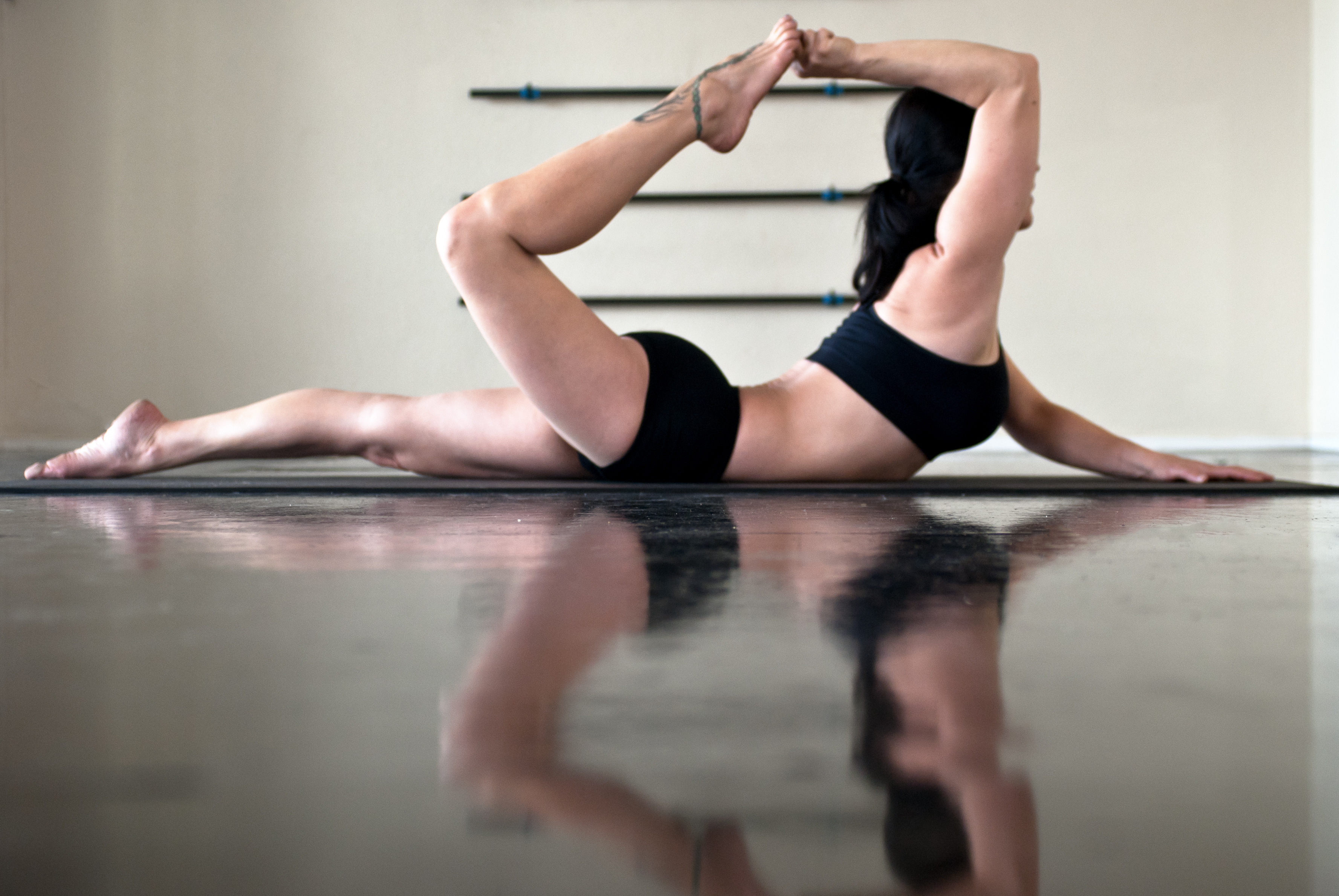What do you think of when you think of yoga? You probably think of ohm-ing, overpriced Lululemon pants, bending into pretzel-y shapes named after animals, or maybe ancient texts and practices.
How about colonialism?
A group called Decolonizing Yoga formed in January of this year in hopes to bring a critical lens to modern, mainstream yoga culture. Their mandate is to “challenge racism, patriarchy, capitalism, colonialism, ableism, heteronormativity and privilege within yoga and spirituality.” The group will function as both a website with articles, interviews, and videos and will also provide training to yoga practitioners.
To get some insight on why this movement is important, the Manitoban spoke with two locals who are rooted in both the yoga community and work around decolonization in their own different ways.
Alana Lo has been practicing yoga for 12 years, teaching it for five, did a master’s degree studying Sanskrit, and teaches the philosophy of yoga and Sanskrit. Lo says that yoga is the foundation of everything else that she does and jokes that the hardest part of her practice is her job, working on sustainability measures.
Kate Sjoberg is a trained yoga practitioner and has worked within the community via the Spence Neighbourhood Association. Sjoberg interviews people for her blog that deals with people’s experiences on both sides of colonialism at imasettler.blogspot.ca.
The Manitoban asked questions about cultural appropriation in yoga, the colonization of certain bodies, and what the decolonization of yoga means for women, people of colour, and Indigenous people.
“Two hundred years ago when anyone would have heard the word yoga, chances are they wouldn’t have thought of a physical yoga practice immediately,” says Lo. “But in our society we immediately think of kind of an exercise class.”
Lo wishes modern yoga enthusiasts to take a step back and think about what “traditional yoga” means, and explains that yoga has experienced many changes over the thousands of years it has been taught.
“The one thing that remains the same, though, is that it is a practice of paying attention. It’s not complicated in its purpose, but [what has changed] through time is how we achieve that purpose. In my opinion, any practice that provides people the supports they need to pay attention is being respectful of yoga traditions.”
Lo emphasizes that there were important changes made to yoga during the colonial period and urges those interested in this movement to take a look at Mark Singleton’s book, Yoga Body, where he critiques the way yoga has been influenced by European gymnastics and explains the impacts of the British education system on India’s notions of physical fitness.
“The accessibility has been one of my biggest challenges with yoga. [Yoga is] such a foundational element of my life,” says Lo. “But, the economic model that has evolved around yoga in North America [is deeply troubling] because I do think that it makes [it] inaccessible to people.”
In spite of this, Lo states that she has worked with some excellent yoga teachers, and compares their function in her life to what others might find in a priest or minister.
“Not every yoga teacher is in a position to fulfill that right now with the way yoga teaching is happening. My yoga teacher definitely fulfills that purpose for me, and [if his practice isn’t sustainable] so he can dedicate himself to providing that service to his students, [ . . . ] then it’s even less accessible.”
“The challenge for myself is to look at how other spiritual communities support their leaders and how they maintain the access. Buddhists seem to have a system that works, and I’m not sure why yoga can’t seem to adopt it,” says Lo. “I think because yoga became an exercise class, it became easier to [turn into a] commodity than maybe teaching and meditation.”
Sjoberg, a self-described high school jock, says that yoga is not results-based like exercise programs.
“It’s practice for practice sake and also practice for just being in the world, which is a deep teaching for people who are taught to not see or experience reality in our own bodies or reality around us,” says Sjoberg.
To Sjoberg, yoga is about reflection and learning to sit with discomfort – this includes reflections on one’s contributions to societal oppression. She mentions how in western religions, one is taught to transcend upwards as a means of escape, and that yoga is more of a horizontal transcendence out into the real world.
“We experience humanity and become a part of something bigger,” says Sjoberg. “All of our experiences are not the same along race lines; [Indigenous people] experience inordinate amounts of violence, [and] because I’m white and I sometimes experience these things [it’s easy to] put myself at a different level. But yoga is about having to sit and realize these things and the discomfort that it can bring.”
To learn more about Decolonizing Yoga, look them up on Facebook or visit their website at www.decolonizingyoga.com.



When I saw the headline on Google Alerts I thought “Yuk”. But this is actually a great article with some good ideas. Thanks!